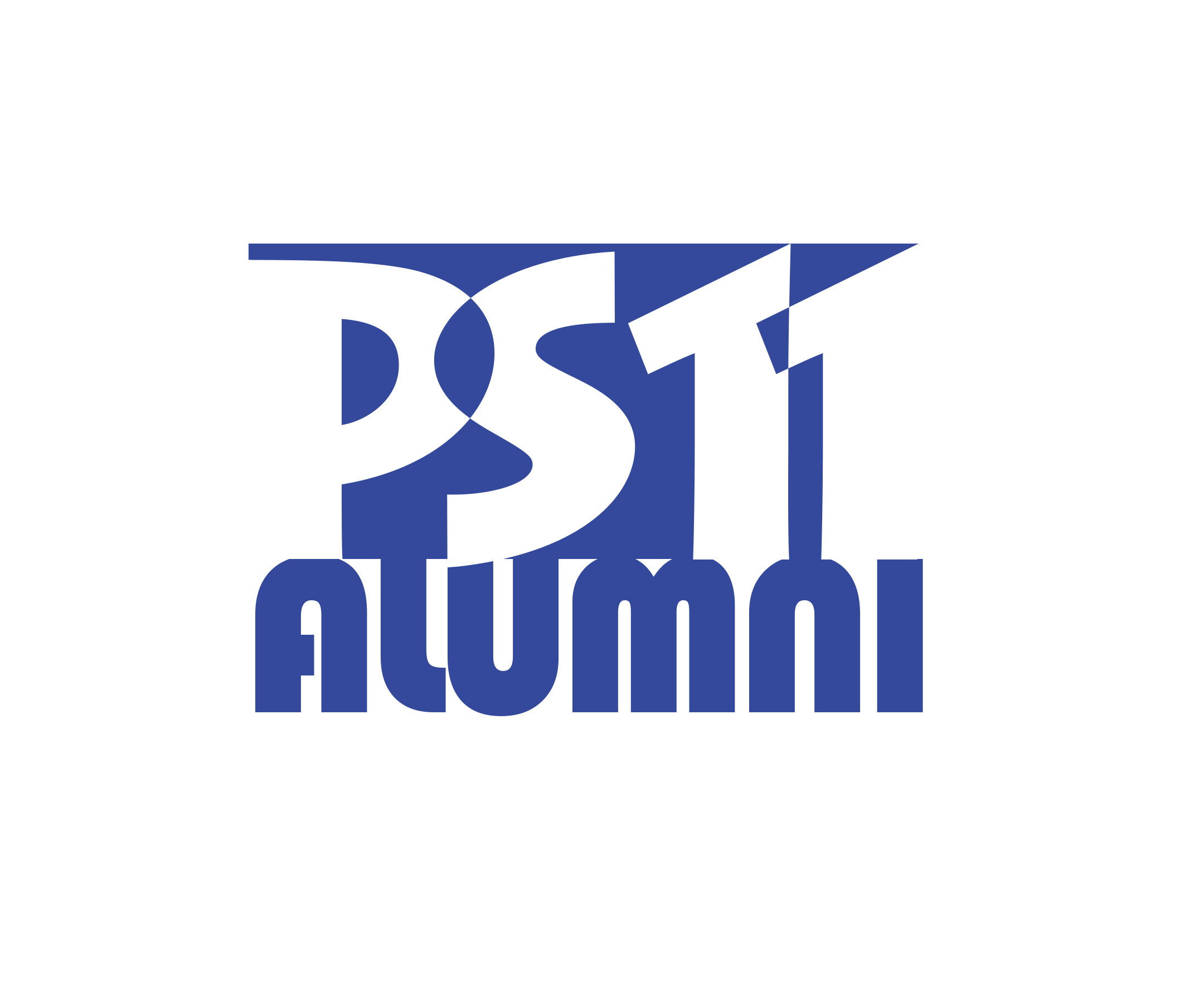MATH OVERVIEW
What your child will learn in Math at PS11
Instead of individual units, math expectations are categorized by strand. You can find detailed information on what students are expected to know by the end of of each grade in our grade-specific Year-In-The-Life guides, or by contacting your child's teacher or the Math Coach, Serena Trinkwalder
And, click here for great educational Math websites and resources for your kids to explore at home.
Common Core State Standards
Major Learning Objectives
Mathematical Practices
1. Make sense of problems and persevere in solving them.
2. Reason abstractly and quantitatively.
3. Construct viable arguments and critique the reasoning of others.
4. Model with mathematics.
5. Use appropriate tools strategically.
6. Attend to precision.
7. Look for and make use of structure.
8. Look for and express regularity in repeated reasoning.
. . . . . . . . . . . . . . . . . . . . . . .
Grade K Overview
Counting and Cardinality
• Know number names and the count sequence.
• Count to tell the number of objects.
• Compare numbers.
Operations and Algebraic Thinking
• Understand addition as putting together and adding to, and understand subtraction as taking apart and taking from.
Number and Operations in Base Ten
• Work with numbers 11-19 to gain foundations for place value.
Measurement and Data
• Describe and compare measurable attributes.
• Classify objects and count the number of objects in each category
Geometry
• Identify and describe shapes.
• Analyze, compare, create, and compose shapes.
. . . . . . . . . . . . . . . . . . . . . . .
Grade 1 Overview
Operations and Algebraic Thinking
• Represent and solve problems involving addition and subtraction.
• Understand and apply properties of operations and the relationship between addition and subtraction.
• Add and subtract within 20.
• Work with addition and subtraction equations.
Number and Operations in Base Ten
• Extend the counting sequence.
• Understand place value.
• Use place value understanding and properties of operations to add and subtract.
Measurement and Data
• Measure lengths indirectly and by iterating length units.
• Tell and write time.
• Represent and interpret data.
Geometry
• Reason with shapes and their attributes.
. . . . . . . . . . . . . . . . . . . . . . .
Grade 2 Overview
Operations and Algebraic Thinking
• Represent and solve problems involving addition and subtraction.
• Add and subtract within 20.
• Work with equal groups of objects to gain foundations for multiplication.
Number and Operations in Base Ten
• Understand place value.
• Use place value understanding and properties of operations to add and subtract.
Measurement and Data
• Measure and estimate lengths in standard units.
• Relate addition and subtraction to length.
• Work with time and money.
• Represent and interpret data.
Geometry
• Reason with shapes and their attributes.
. . . . . . . . . . . . . . . . . . . . . . .
Grade 3 Overview
Operations and Algebraic Thinking
• Represent and solve problems involving multiplication and division.
• Understand properties of multiplication and the relationship between multiplication and division.
• Multiply and divide within 100.
• Solve problems involving the four operations, and identify and explain patterns in arithmetic.
Number and Operations in Base Ten
• Use place value understanding and properties of operations to perform multi-digit arithmetic.
Number and Operations—Fractions
• Develop understanding of fractions as numbers.
Measurement and Data
• Solve problems involving measurement and estimation of intervals of time, liquid volumes, and masses of objects.
• Represent and interpret data.
• Geometric measurement: understand concepts of area and relate area to multiplication and to addition.
• Geometric measurement: recognize perimeter as an attribute of plane figures and distinguish between linear and area measures.
Geometry
• Reason with shapes and their attributes.
. . . . . . . . . . . . . . . . . . . . . . .
Grade 4 Overview
Operations and Algebraic Thinking
• Use the four operations with whole numbers to solve problems.
• Gain familiarity with factors and multiples.
• Generate and analyze patterns.
Number and Operations in Base Ten
• Generalize place value understanding for multi-digit whole numbers.
• Use place value understanding and properties of operations to perform multi-digit arithmetic.
Number and Operations—Fractions
• Extend understanding of fraction equivalence and ordering.
• Build fractions from unit fractions by applying and extending previous understandings of operations on whole numbers.
• Understand decimal notation for fractions, and compare decimal fractions.
Measurement and Data
• Solve problems involving measurement and conversion of measurements from a larger unit to a smaller unit.
• Represent and interpret data.
• Geometric measurement: understand concepts of angle and measure angles.
Geometry
• Draw and identify lines and angles, and classify shapes by properties of their lines and angles.
. . . . . . . . . . . . . . . . . . . . . . .
Grade 5 Overview
Operations and Algebraic Thinking
• Write and interpret numerical expressions.
• Analyze patterns and relationships.
Number and Operations in Base Ten
• Understand the place value system.
• Perform operations with multi-digit whole numbers and with decimals to hundredths.
Number and Operations—Fractions
• Use equivalent fractions as a strategy to add and subtract fractions.
• Apply and extend previous understandings of multiplication and division to multiply and divide fractions.
Measurement and Data
• Convert like measurement units within a given measurement system.
• Represent and interpret data.
• Geometric measurement: understand concepts of volume and relate volume to multiplication and to addition.
Geometry
• Graph points on the coordinate plane to solve real-world and mathematical problems.
• Classify two-dimensional figures into categories based on their properties








